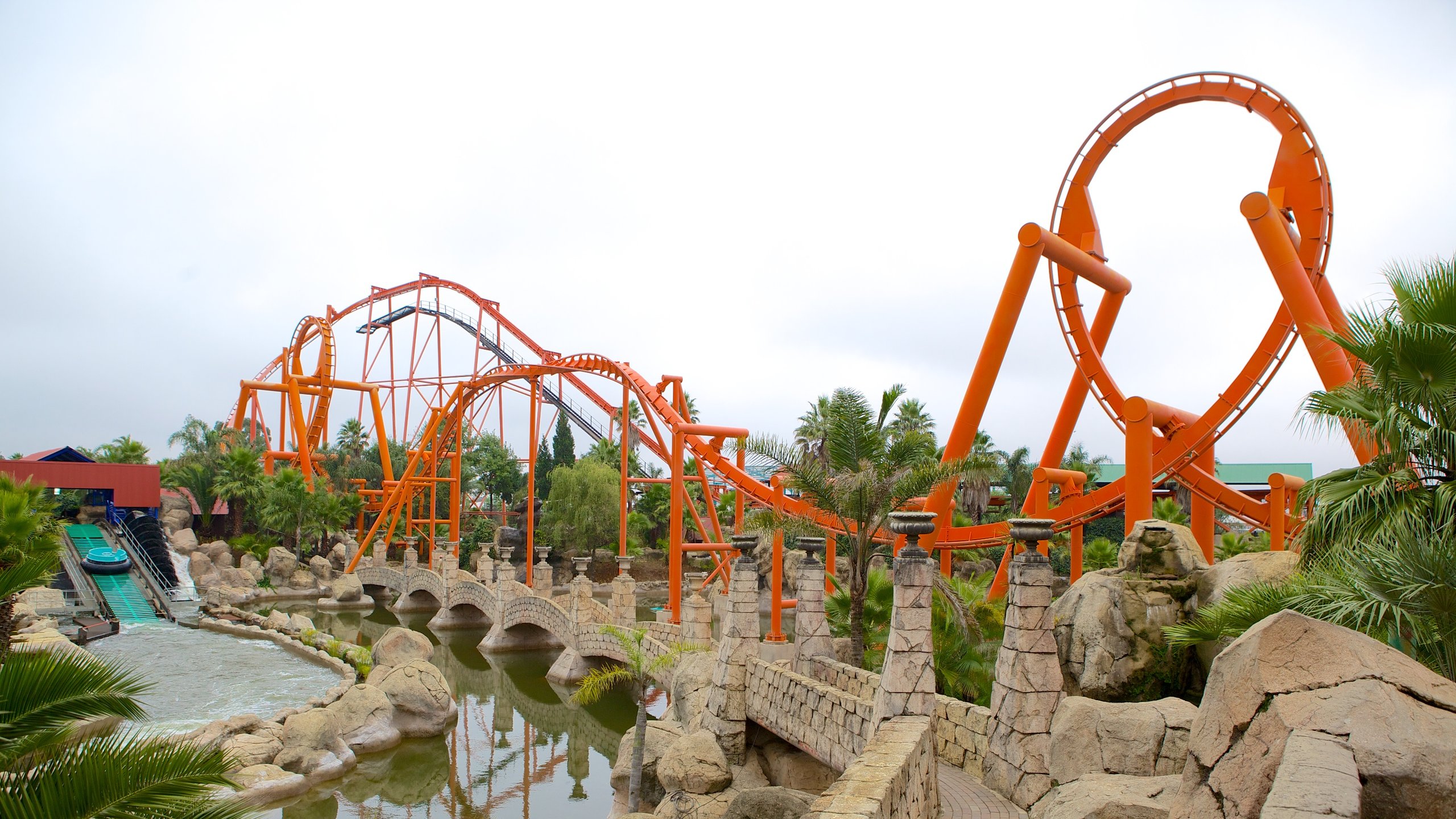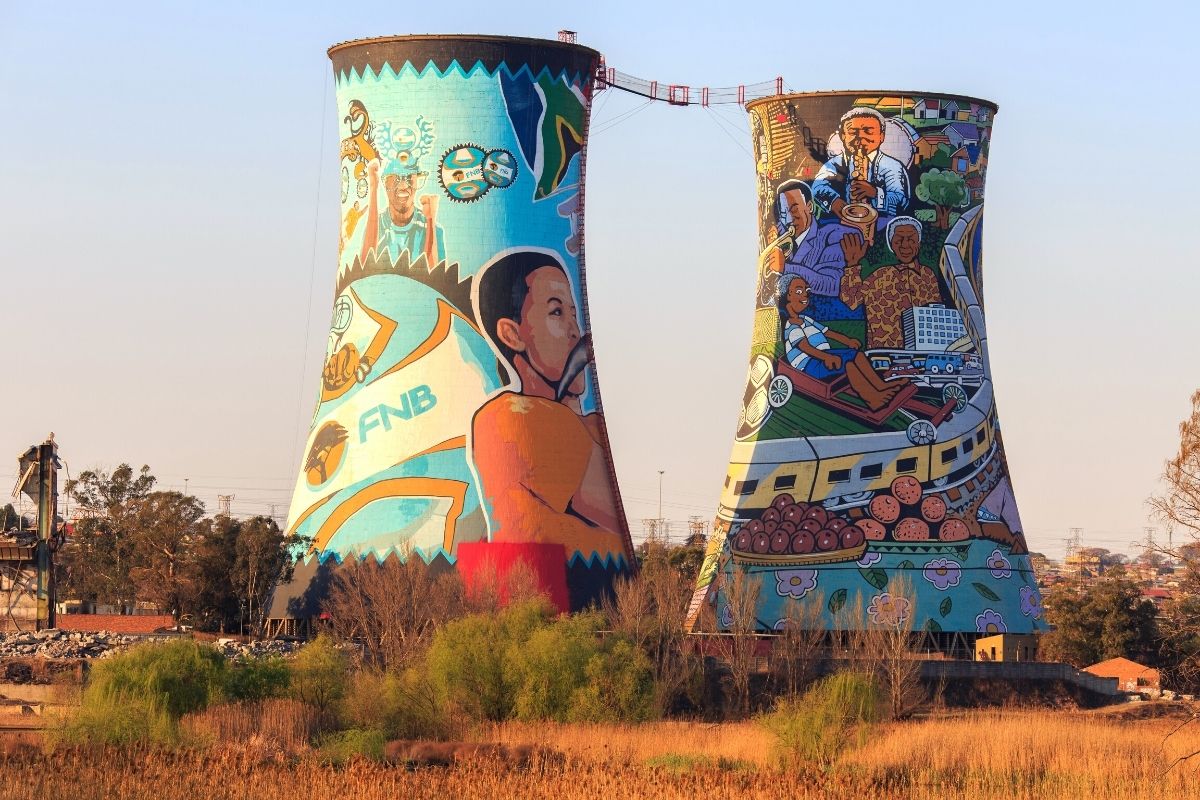The Buzz on Johannesburg North Attractions
The Buzz on Johannesburg North Attractions
Blog Article
A Biased View of Johannesburg North Attractions
Table of ContentsA Biased View of Johannesburg North AttractionsThe Best Guide To Johannesburg North AttractionsAll About Johannesburg North AttractionsSome Known Details About Johannesburg North Attractions The Ultimate Guide To Johannesburg North AttractionsThe Ultimate Guide To Johannesburg North AttractionsJohannesburg North Attractions - An Overview
You need to keep safety and security in mind and vacationers have to remain sharp at all times when in unfamiliar surroundings. Speak to the locals when you are in community to discover the area you are remaining in. Johannesburg North attractions. When on the street (this does not relate to buying malls and various other protected atmospheres) ideal general advice is to try your finest to appear like a neighborhood and to stay clear of displaying any kind of riches
Johannesburg North Attractions Things To Know Before You Get This
Teacher Revil Mason O. J. (Thomson, 1946) discovered the Witwatersrand's pre-colonial history. His historical job blew up the 'em pty land' misconception, according to which the area was empty of human habitation prior to the arrival of European settlers. In his publications Prehistory of the Transvaal: A Document of Human Task (1962) and Beginnings of Black People of Johannesburg and the Southern Western Central Transvaal Advertisement 3501880 (1986 ), Teacher Mason demonstrated the extent of social and financial development in the area prior to Europeans set foot here.

Getting My Johannesburg North Attractions To Work
In 1878, David Wardrop found gold in quartz blood vessels at Zwartkop, north of Krugersdorp. In 1881, Stephanus Minnaar came throughout gold on the farm Kromdraai, near the Cradle of Humankind.
In March 1886, an outcropping (soon to be called the Main Coral reef) was located, rather fortunately, on Gerhardus Oosthuizen's ranch Langlaagte. Some say that the Lancastrian coal miner George Walker uncovered this coral reef. An additional itinerant English miner, George Harrison (who had previously operated in Australian mines) acquired a prospecting permit in respect of Langlaagte in May 1886.
He made a decision to proceed in a pursuit for greener fields, and disposed of his Langlaagte case for the princely amount of 10. Alas: beneath lay the richest goldfield ever found. The discovery of this rich auriferous reef prompted a gold thrill that signified the end of agrarian tranquillity in the southerly Transvaal.
It would, within 6 years, become the biggest community in southerly Africa. Within a years, it would certainly make the Z. A. R. until then an anarchical and bankrupt little state the most affluent nation in Africa. By the millenium, the Z. A. R. was to go beyond the original source Russia, Australia and the USA of America to become the world's leading gold producer, generating greater than a quarter of the world's gold.
The Ultimate Guide To Johannesburg North Attractions
It was called Ferreira's Camp, named after Colonel Ignatius Ferreira. He was a Boer traveler upon whom the British authorities had presented the status of Companion of the Many Distinguished Order of St Michael and St George (entitling him to the post-nominal letters C. M. G.) in appreciation for his duty in the war that had deposed the Pedi king Sekhukhune in 1879.
Quickly the camp was including tents and wagons as newcomers got here daily from far and wide. By September 1886, some 400 people lived in Ferreira's Camp, which quickly boasted upreared iron and hardwood buildings. Two various other camps were developed: Meyer's Camp on the ranch Doornfontein, and Paarl Camp. The latter was nicknamed Afrikander Camp; lots of people from the Cape Swarm resolved there.

Some Known Details About Johannesburg North Attractions
This name obtained currency by word of mouth, such that the State Secretary affirmed the name to the Mining More Bonuses Commissioner on 9 October 1886. Stands in the town were auctioned on 8 December 1886. While some stands were cost 10, others were torn down for as little as sixpence.
2 years later on, these erven were to change hands for as high as 750 each. The tented camps diminished as a dorp of corrugated iron structures developed and increased north of the mines located along the Main Coral Reef Road. Locations such as Jeppe's Community (where working-class immigrants erected their houses) and Doornfontein (where the affluent new 'Randlords' started to construct their extravagant homes) were soon included to the ever-expanding map of the town.
Not known Incorrect Statements About Johannesburg North Attractions
Aside from the road names, there were no indicators of Johannesburg being located in a Dutch-speaking nation. Several years later, C. W. Kearns O. J. (one of the first children registered at St John's University in 1898) would remember: 'A strange truth about Johannesburg was that, although it was in the [Boer Republic], nearly everybody talked English and even the Government slaves dealt with one in English, unless they were first dealt with in the Taal (or Low Dutch)'.
Britain had a rate of interest in making sure ideal problems for gold manufacturing on the this post Witwatersrand, and that the gold was exported to London instead than Berlin a critical rendered all the more clamant by the Z. A. R.'s increasing toenadering with Germany. Mine proprietors were on a clash with President Kruger, whose plan of monopolistic giving ins (commonly granted to his cronies) avoided mining firms from acquiring products of products (especially dynamite) and work by themselves, less expensive terms
Johannesburg North Attractions Things To Know Before You Get This
In 1890, the Volksraad had restricted the franchise to white males who had resided in the Z. A. R. for fourteen years or longer, hence invalidating most of the immigrants (who happened to be the significant factors to the fiscus). Nevertheless, anxiety for the ballot was a plain pretense for advertising a different program; most uitlanders concerned themselves as short-term site visitors and had no objective of remaining in the Z.
Report this page